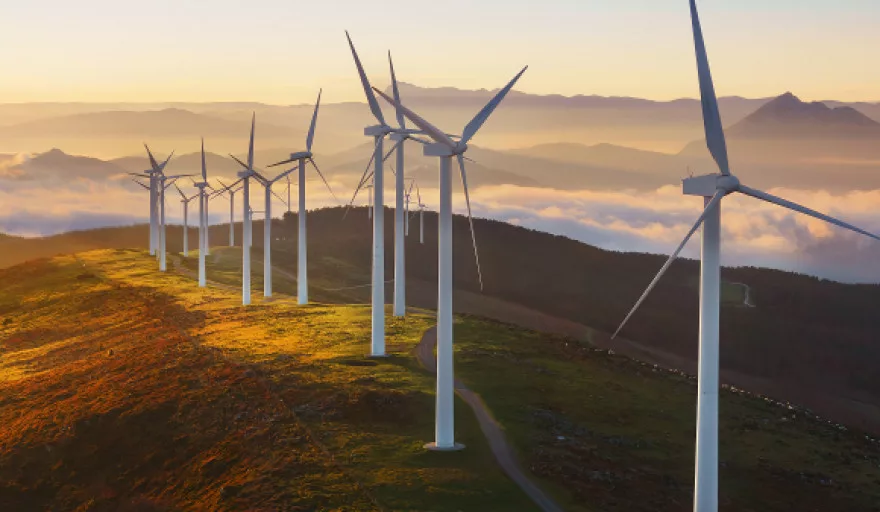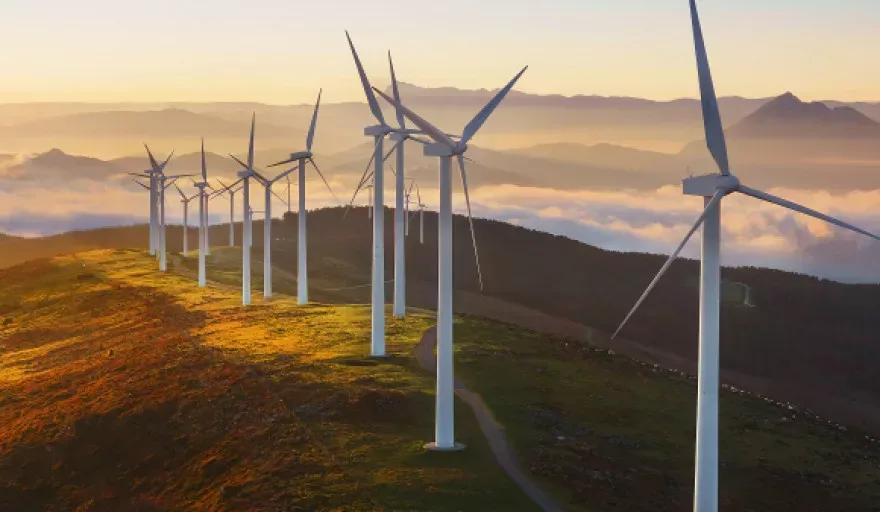
By: Celine Paton, Consultant for Energy & Environment, Frost & Sullivan Africa
Following global trends leaning towards a more sustainable future, governments in most African countries have established increasingly ambitious renewable energy (RE) targets for their power sector. However, with the notable exception of South Africa and the hydro power sector, not much has materialised thus far. The South African Renewable Energy Independent Power Producer Programme (REIPPP), implemented since 2011, has proven to be a large success for the country, with 6.3GW of RE procured by Eskom since its inception. This totals approximately 15 percent of South African installed power generation capacity. At the end of 2015, more than 2.2GW, of the 6.3GW new procured power, had been commissioned and injected daily into the grid, writes Celine Paton, Consultant for Energy & Environment at Frost & Sullivan.
Many best-in-class international advisors were involved in the design of the South African REIPPPP and assisted the Department of Energy’s IPP office with implementing global best practices. South Africa has succeeded in creating a highly competitive RE market; however, has taken about 15 years to reach this goal. The South African Government announced its commitment to support and promote the development of RE through a White Paper on Energy Policy published in 1998. Thanks to a large global uptake of solar PV and wind projects, and a gradual decrease in their production costs, the competitiveness of the RE power sector has improved considerably. With South Africa paving the way towards the inclusion of RE power on a larger scale, other African governments have started to show interest in solar and wind power. Additional contributing factors include: inefficiency of hydro power in drought periods, the need for greater power generation diversification, energy security and urgency in addressing a growing power gap.
Lessons learned
There are many lessons that can be learned from the South African REIPPPP. These will, however, require adjustment in order to take into consideration the key peculiarities of these countries. Comparatively, given their respective size, no other countries in sub-Saharan Africa (with the exception of Nigeria) can expect the same economies of scale – in terms of new power supply needs – as those required in South Africa. Implementing project finance structures into small RE projects is a costly exercise and often non-viable. Until recently, international private developers have been reluctant to implement small- to medium-size solar and wind power projects. This can attributed primarily to lengthy negotiations, often taking place with utilities and governments, combined with an inadequate legislative framework. This has consequently led to an increase in transaction costs that are unsustainable.
To address these issues, new programmes supported by development finance institutions (DFIs), like the IFC Scaling Solar Programme and the KfW GET FiT Programme in Uganda, have recently been developed. These DFI-funded programmes are also offering the possibility to implement successive rounds of competitive bidding – yet at a smaller scale – as well as to bridge a capacity gap at government level in order to negotiate bankable power purchase agreements with the private sector.
There is a plenitude of “smaller” opportunities across the region, but investors will need to find an efficient way to finance them (e.g. portfolio approach). Most sub-Saharan African countries lack the local funding resources to finance large-scale RE power projects. There are a lot of international funding sources available to promote electricity access in sub-Saharan Africa for example, especially for clean technologies, but these are often tied with constraining or costly conditions. However, the context is evolving positively with new creative funding sources and support offered by DFIs, such as the IFC and KfW.
Other key factors that need to be looked upon include:
The need for a strong support from the government at various levels towards their (often poorly financed) state-owned power utilities and through the implementation of a clear and stable legislative and regulatory framework promoting private investment.
Insufficient grid capacity and lack of financial resources from utilities to strengthen and expand their power network also creates a major stumbling block. Unless off-grid solutions are being considered, adequate grid capacity is a prerequisite for RE projects to start producing electricity, especially in remote areas. Poor transmission and distribution power networks often delay the commissioning of wind and solar power projects. As is the case in South Africa, decision-makers in each country will have to find an adequate balance between the development of on-grid (centralised) and off-grid (decentralised) power systems.
Governments should aim to align electricity tariff affordability with the economic benefits achieved thanks to the new RE power projects. Certain feedstocks have benefitted from subsidies in the past (e.g. fossil fuels) and have therefore taken fair competition away from solar and wind technologies. Sustainability and environmental benefits must also form part of the decision-making processes of these governments when planning for their long-term energy mix.
There must be a buy-in from the local community. For more successful RE projects to be commissioned, strong engagements between project developers and local communities living in the vicinity of such projects must take place. Local communities must be able to directly benefit from these projects and also receive adequate compensation should these projects cause any kind of disturbance to their day-to-day activities.
In conclusion, the technology that will be adopted must be consistent with the needs and capacities of the country concerned, creating a sustainable and affordable electricity generation mix. Given their variable energy output, and until we find new ways to store it efficiently, RE technologies should be accompanied by other (more conventional) technologies like gas-to-power and greater regional grid integration, a path that South Africa will eventually follow in the near future.






























